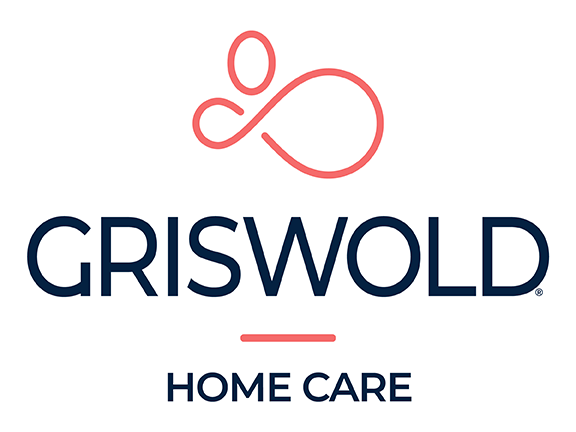By Anne-Marie Botek
Tuesday, March 6, 2012
Thanks to the growing needs of the rapidly aging baby boom generation, the number of home health care workers in the U.S. will greatly increase over the next decade, according to the National Bureau of Labor Statistics (BLS).
A newly released BLS report indicates that the number of home health aides in the U.S. is expected to grow 69 percent over the next nine years, creating an additional 706,300 jobs by the year 2020.
This is welcome news for both a faltering economy and the legions of family caregivers struggling to take care of elderly loved ones. But, the question on the minds of many of these caregivers is: Can I afford a home health aide for my elderly loved one?
According to BLS data, in 2008, the average hourly cost of a certified home health aide was $32. The hourly cost of a non-certified home health aide was $19. Depending on the level of care a senior needs, these rates may end up costing an elder and their family hundreds, even thousands, of dollars per week.
Medicare covers home health aide services only when it is given in conjunction with doctor-prescribed skilled nursing care, or therapy (physical, speech, occupational). The only care covered is temporary or intermittent care—if an elderly loved one needs round the clock in-home care, Medicare will not pay for it.
Will proposed regulations increase costs?
Up until now, people providing in-home care for the elderly and disabled have been exempt from the minimum wage and overtime pay requirements of the Fair Labor Standards Act of 1975. Home care workers are currently classified as “companions,” so home health care agencies do not have to pay them the $7.25 an hour minimum set by the federal government, or offer them overtime pay if they work more than 40 hours per week.
The U.S. Department of Labor (DOL) has recently proposed that this classification be overturned, arguing that home health aides are skilled workers who provide a wide array of services that makes them more than just “companions.” Also, noted in the DOL report was the fact that research has indicated that sub-par wages for home health care workers is interfering with initiatives aimed to improve the quality of care received by the elderly and disabled.
Occupying the other side of the fence, some organizations, such as the National Association for Home Care and Hospice (NAHC), feel that overturning the “companionship exemption” would cause the cost of in-home care to increase to unaffordable levels. In an NAHC press release, the association states that raising the costs for home health care providers without increasing the amount of government reimbursement they receive would likely serve to shift the cost of the wage increase to the people paying for care.
Still, it’s difficult to predict the impact that a national mandate would have on the overall cost of home health care for the elderly. Many states have already decided to do away with the “companion exemption,” and, a good portion of home health agencies pay their workers more than $7.25 an hour. In fact, the average pay for a home health aide working in 2010 was $10.46 per hour, several dollars above the current minimum wage.
http://www.tcpalm.com/news/2012/mar/06/more-people-delivering-in-home-care-can-you-them/
